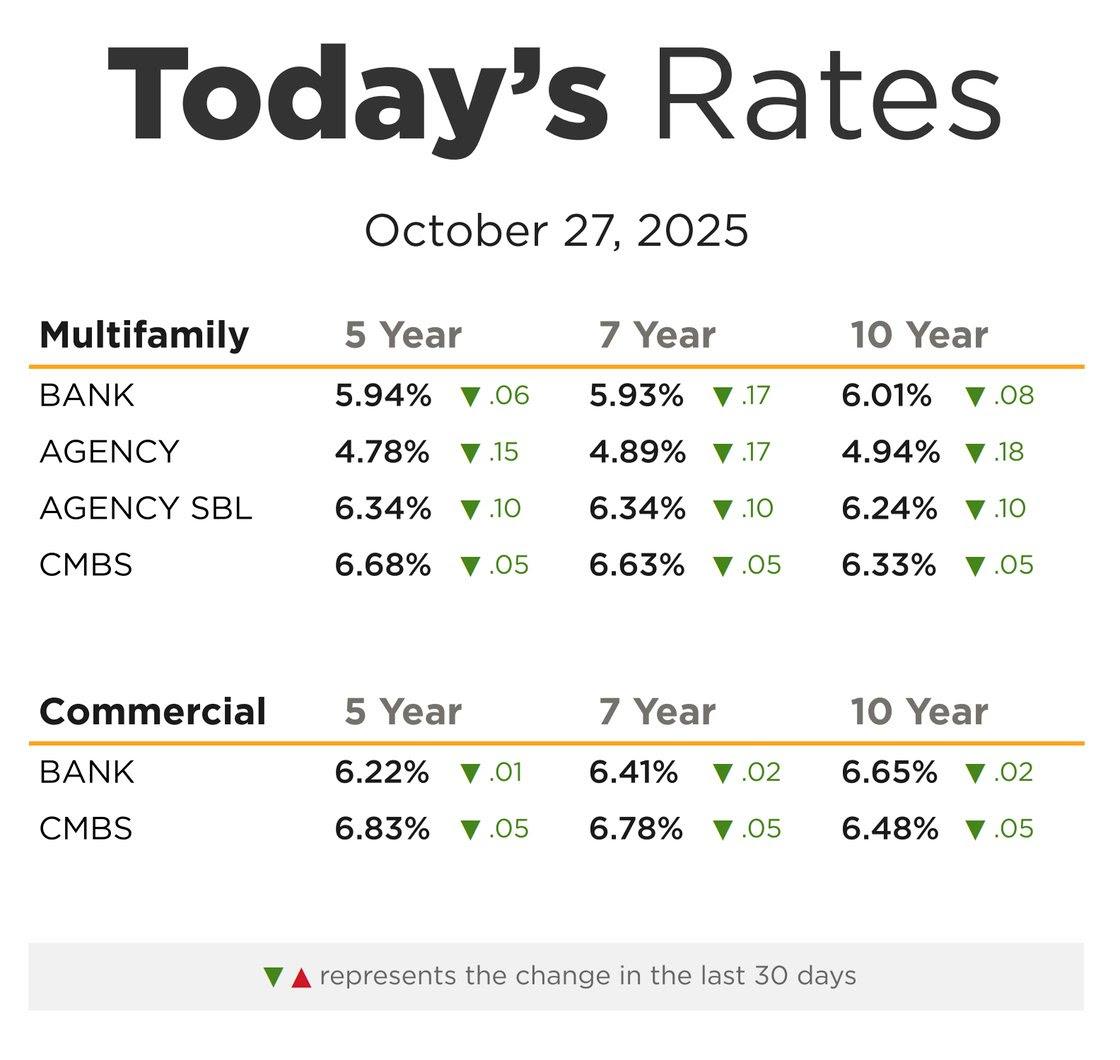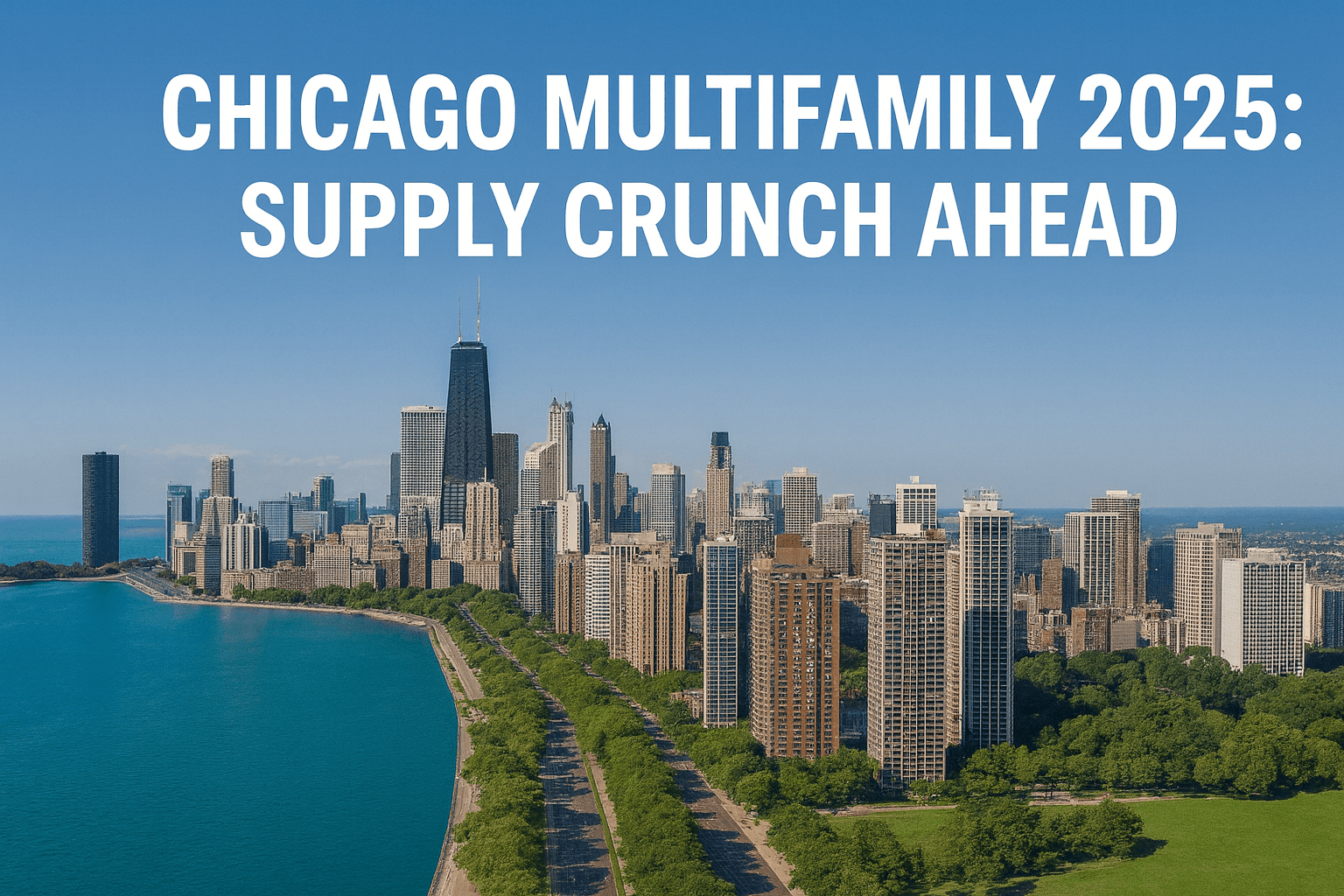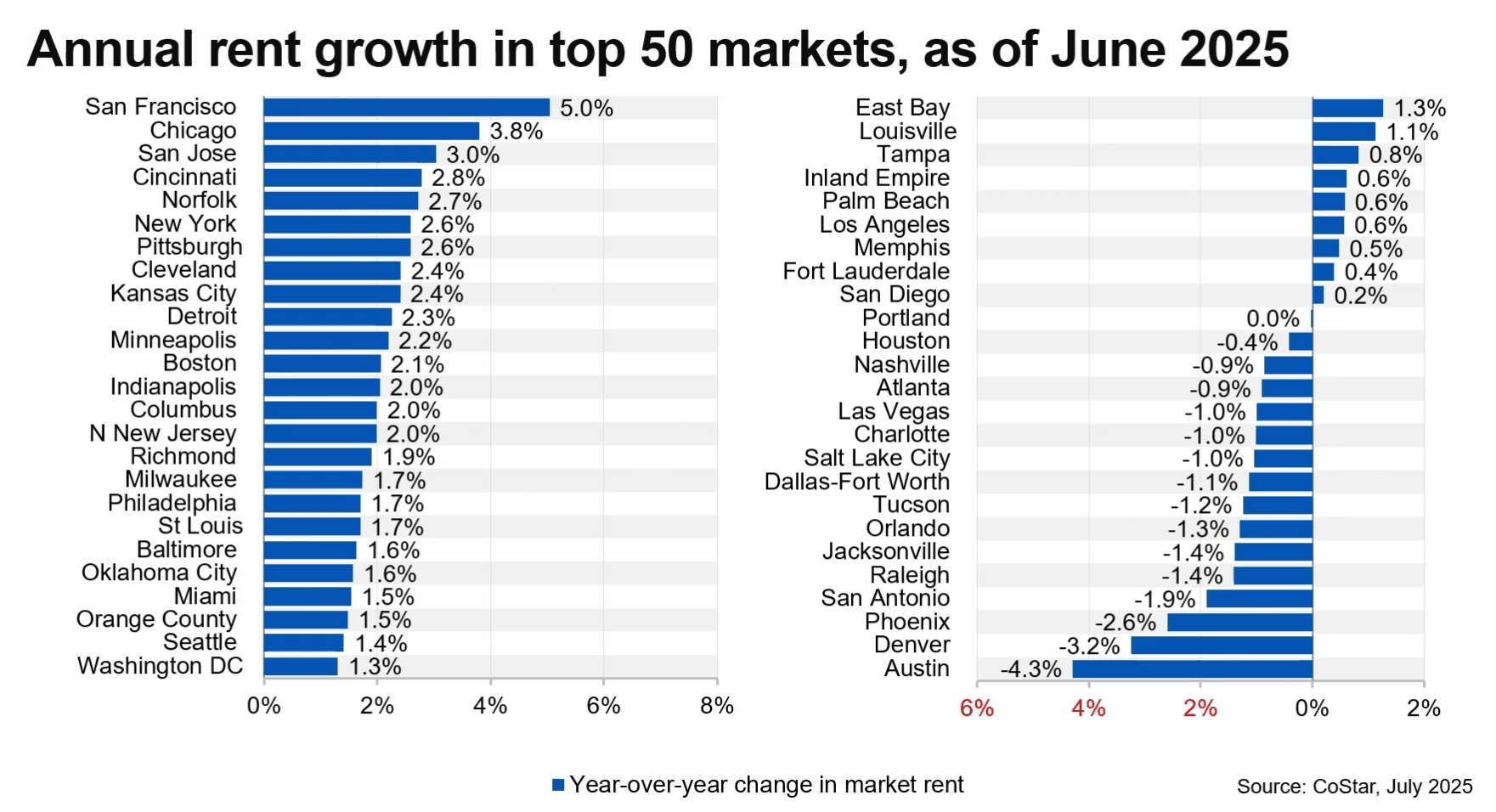As rising economic uncertainty continues to affect various market segments, one question looms large: how will the Chicago multifamily market outlook 2025 evolve? In the bustling landscape of Chicago’s real estate, investors and property owners are keenly aware of the shifts in demand and the corresponding opportunities. Drawing insights from the latest trends, we’ll delve into the underlying factors shaping the market today.
Current Performance of the Chicago Multifamily Market
The Chicago multifamily market is showing remarkable resilience and growth. Recent data highlights significant trends that property owners and investors should monitor. Understanding these trends can help make informed decisions in a rapidly changing environment.
Strong Absorption Rates in 2025
In the first quarter of this year, the multifamily sector experienced a robust absorption of over 145,000 units, compared to the completion of only 116,000 units. This demonstrates that demand for rental units is outpacing supply, a positive sign for property owners.
For investors across the Chicago metropolitan area, a healthy job market and demographic shifts are fueling strong absorption rates and ongoing demand for apartments.
Low Vacancy Rates Strengthen the Market
The vacancy rate currently stands at a low 5.0%, the lowest since Q4 2022. This low vacancy benefits landlords with higher rental rates and greater negotiation power, creating a favorable environment for real estate investors.
Record Construction Activity and Future Impact
More than 1 million units were constructed nationwide over the past two years. However, new multifamily starts have dropped 76% from their 2022 peak. In Chicago, this slowdown suggests future supply may lag behind demand, potentially pushing rents higher.
Demographic Trends Supporting Rental Demand
Several forces are supporting the strength of the rental housing sector:
- Economic Health: Low unemployment and steady job growth are increasing the need for rental housing.
- Demographics: Millennials (73 million strong) are delaying homeownership, while Generation Z is forming new rental households.
- Affordability Gap: With median home prices above $420,000, many residents are choosing to rent rather than buy.
Future Considerations for Multifamily Owners
While the outlook remains positive, potential mortgage rate increases and building material tariffs could impact future supply. However, historical trends suggest that as consumer sentiment rebounds, pent-up housing demand will boost rental absorption once again.
In summary, Chicago’s multifamily sector offers compelling opportunities. View our latest multifamily listings or request a free multifamily valuation to learn more.
Key Drivers Behind Chicago’s Multifamily Market Growth
Understanding the factors influencing rental trends is critical for investors navigating Chicago’s evolving multifamily environment.
1. Millennials and Gen Z Favor Renting
Millennials, comprising approximately 73 million individuals, are extending their time in rental housing. Meanwhile, Generation Z is entering the market and forming new households, further driving demand for apartments.
2. Affordability Gap Between Renting and Owning
The significant gap between high homeownership costs and moderate rental costs continues to drive the preference for renting. With median home prices exceeding $420,000 and mortgage payments around $3,163 per month, many Chicagoans find renting the more affordable option.
3. Higher Lease Renewal Rates Reflect Stability
Lease renewal rates in Chicago have climbed to 55%, exceeding long-term averages. Higher renewals mean lower turnover costs for landlords and more stable rental income streams, helping to reinforce the strength of the local rental market.
Conclusion: A Strong Investment Climate in 2025
The combination of strong demographics, affordability challenges, and steady rental demand creates a favorable environment for investors focused on multifamily properties in Chicago.
Chicago Multifamily Investment Trends Moving Forward
While challenges remain, the long-term trends continue to favor rental housing investments in Chicago’s vibrant urban and suburban areas.
Construction Slowdowns Present Opportunities
The sharp decline in new apartment construction will likely tighten supply over the next several years, supporting rental rate growth and asset appreciation.
Tariffs May Limit New Supply
Proposed 34% tariffs on imported softwood lumber could further constrain new housing supply. Rising construction costs may benefit owners of existing properties, reducing competition from newly delivered units.
Consumer Sentiment Cycles and Future Growth
While consumer sentiment is currently soft, it is expected to rebound over time. As it improves, pent-up demand will likely drive future household formations and apartment demand across Chicago’s neighborhoods.
Long-Term Multifamily Demand Outlook
Despite short-term uncertainty, multifamily properties continue to show strong fundamentals — supported by healthy job markets, demographic momentum, and affordability advantages compared to homeownership.
Data and insights sourced from Marcus & Millichap’s Research Video: “Multifamily Well-Positioned to Face Economic Headwinds.” Full video available here.
TL;DR: The Chicago multifamily market outlook for 2025 shows strong demand, driven by demographics, affordability gaps, and construction slowdowns, making it attractive for investors.
Receive Market Insights
Periodic analysis on rents, pricing, cap rates, and transaction activity across Chicago and key suburban markets.



